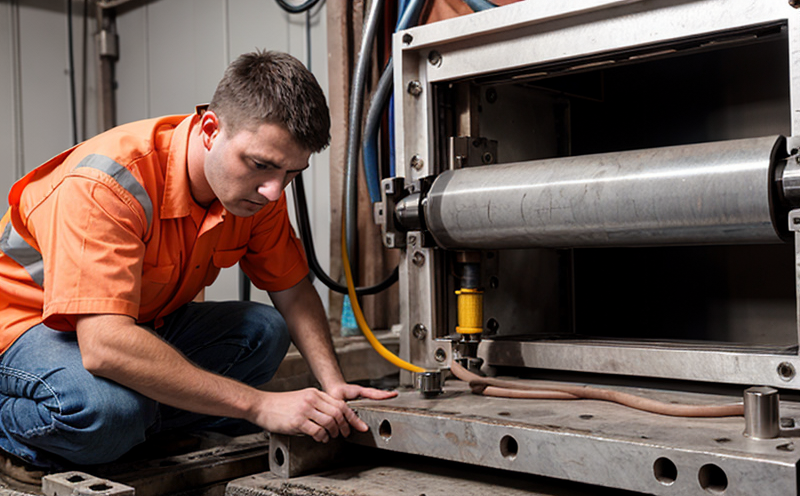ASTM D2240 Hardness Testing of Rubber Components in Lighting Systems
The ASTM D2240 test method is widely recognized for its ability to determine the hardness of rubber materials. This testing protocol is crucial in quality assurance processes, especially within sectors like lighting systems where rubber components play a pivotal role in ensuring durability and performance.
In the context of lighting systems, rubber components are often exposed to various environmental conditions including temperature fluctuations, humidity, and mechanical stresses. ASTM D2240 provides a standardized approach for assessing how well these materials can withstand such conditions without compromising their functionality or safety.
The hardness measurement obtained through this testing method directly impacts the reliability of lighting systems. Harder rubber components may offer better resistance to wear and tear but could also become more brittle over time, leading to potential failure points in critical areas like gaskets or seals. Conversely, softer rubbers might provide greater flexibility which is essential for certain applications yet must maintain sufficient resilience against external forces.
This service ensures that all rubber components used within lighting systems meet the necessary standards and specifications set forth by ASTM D2240. By doing so, it helps manufacturers produce safer, more efficient products while complying with relevant regulatory requirements.
Scope and Methodology
| Test Method | ASTM D2240 - Standard Test Method for Rubber Property: Durometer Hardness. |
|---|---|
| Suitable Materials | Rubber and elastomeric materials, including those found in lighting systems like seals, gaskets, and insulation. |
| Equipment Required | Durometer tester (Shore A or D scale), calibrated according to ISO 7619. |
| Sample Preparation | Cut specimens from the rubber component with dimensions suitable for testing, ensuring they are free from defects and contamination. |
| Test Procedure | Apply pressure uniformly using the durometer indenter onto the prepared sample until it makes contact with the surface. Readings should be taken at least 10 mm away from the edges to avoid edge effects. |
The procedure outlined above ensures accurate and consistent results, allowing for precise comparison between different batches or types of rubber components.
Customer Impact and Satisfaction
- Enhanced Product Quality: By adhering to ASTM D2240 standards, customers benefit from improved product quality as defects are identified early in the manufacturing process.
- Improved Safety Standards: Hardness testing ensures that rubber components meet stringent safety criteria, reducing the risk of failures and potential injuries.
- Cost Efficiency: Early detection of不合格





